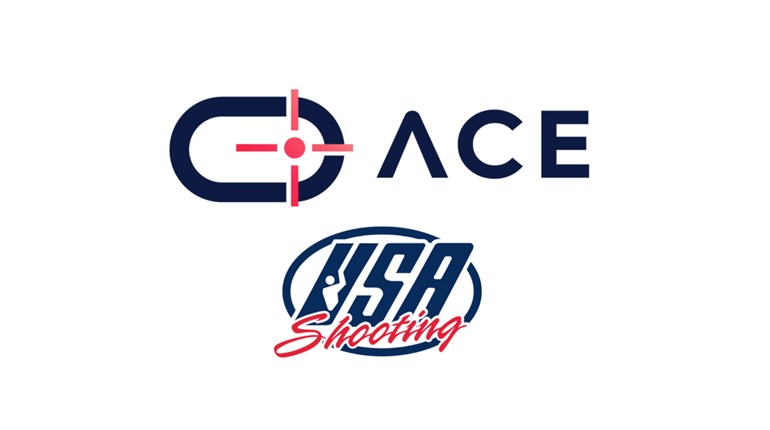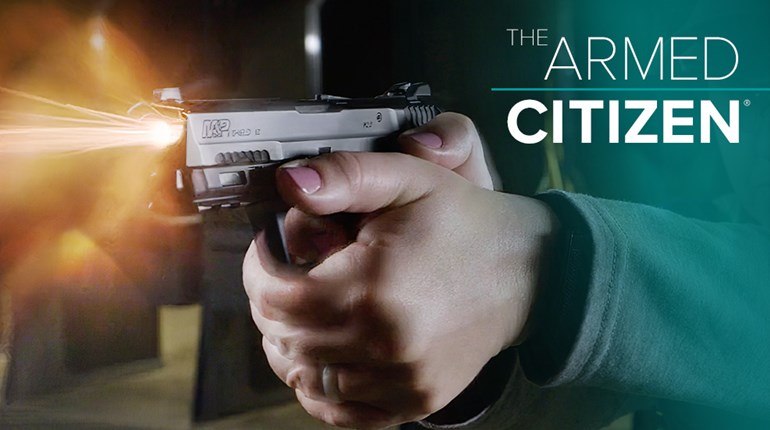
The 00 buckshot made a satisfying clink every time it struck the metal plates, and they spilled over like blades of grass as I walked the 870's barrel down the line.
It was the first time I'd ever handled a tactical shotgun, and I was feeling pretty good with my technique.
That is, until I ran it empty.
"Reload, reload!" my shooting coach barked.
But I didn't have the training. I was just a bird hunter. So I turned the gun over to access the carrier port and clumsily stuffed a few shells into the magazine.
"Welp, you're dead," said my coach, a friend in law enforcement who serves high-risk search warrants and whose name I cannot mention. "Look, cops are trained to ditch our shotguns when they run dry and move to our sidearms. But a civilian defending his home doesn't have that luxury. Realistically you're going to have one firearm—hopefully a shotgun—and there are two basic skills that need to be second nature: shooting the gun accurately and reloading it quickly. They're almost equally important."
Here's what I learned that afternoon, and how it can make your home a more secure place.
Essential Gear
There is a crucial piece of gear for any home-defense shotgun that is too often overlooked: a sidesaddle shotshell carrier that rides along the side of the receiver and holds four to eight shells. With this piece of equipment, you always have extra ammunition with your shotgun, ready for a fast reload. It also positions them perfectly for swift reloading.
Think you'll just grab a handful of shells in the heat of the moment? Good luck when some degenerate is shooting at you. Almost as importantly, the sidesaddle carrier enables you to keep your eyes and your shotgun barrel directed toward the threat as you reload.
Shells are positioned within the sidesaddle's holders either brass up or brass down, depending upon which loading technique you decide works best for you.
Tactical Reloading Techniques
Before we begin, let's clarify this is a discussion of efficient, practical reloading techniques for home-defense situations. It is intended to assist the average shotgun owner to develop the skills necessary to engage a threat, reload and get back in business. Reloading for shotgun competition, i.e. the violin method, use of speedloaders, etc., is different.
For the first technique, insert the shells into your sidesaddle carrier brass down (primers facing the ground). When it's time to reload, keep the gun pressed to your shoulder with your dominant hand, which allows you to re-engage threats quickly.
With your left hand (for a right-handed shooter), remove a shell from the carrier by pulling down. Next, simply cup the bottom of the receiver with your palm, slide your fingers along the right side of the receiver, and plop the shell inside the chamber. It takes some practice, but if my first experience with it is any indication, anyone with average shotgun skill can learn to do it adequately with a few repetitions.
At this point, your left hand is cupping the receiver and there's a shell in the chamber. All that's left to do is push the bolt release (on a semi-auto) or slide your left hand forward and return the fore-end to battery—voila, you just chambered a round.
If there is an immediate threat, by all means, use the chambered shell to let the bad guy know he victimized the wrong house, rather than pausing to top off the magazine. My friend in law enforcement is so proficient with this technique, he can grab shells from his sidesaddle carrier and fire them one at a time almost as quickly as the average guy can pump rounds from a magazine.
For most situations, it's time to stuff some shells into the magazine tube. Again keeping the butt of the stock against your shoulder, pull down on a shell to remove it from the sidesaddle, slide it under the carrier and use your thumb to push it inside the magazine tube. Practice until you can do so smoothly based on feel and muscle memory.
"That's my favorite technique, because it doesn't require the use of fine motor skills, and the more you practice, the more that's the case," my friend says. "That's important, because in high-stress situations, fine motor skills tend to break down. You want your shotgun-reloading technique to be a simple, second-nature routine."
There is another method with some advantages of its own, however. For this technique, shells are loaded into the sidesaddle brass-up. The key difference is that instead of "under-handing" shells into the chamber by reaching below the receiver, you pull a shell up and out of the sidesaddle, reach over the receiver, and place the shell inside the chamber. As a result, your palm should be sitting atop the receiver. Next, slide your hand forward and, with your left thumb on the left side of the fore-end and your other fingers on the right, slide the fore-end forward to chamber the shell. Now you're ready to engage the threat with one shot or to lift more shells from the sidesaddle and slide them into the magazine.
"It's not that I don't like this technique," my friend says, "In fact, the guys who prefer it are probably faster getting that first shell into the chamber, and that's the most important part in terms of being able to quickly re-engage a threat. There's very little movement required for them to insert the shell and, boom, fore-end's forward. However, I think that reloading the gun using an underhand technique is the easiest and most reliable."
Try both techniques. Notice how much more precise you need to be with your fingertips to cycle a pump using the overhand technique. It's difficult to get solid purchase on the fore-end, because it just wasn't designed to be cycled with an overhand grip. But plenty of guys reload their shotguns this way, and they do so quickly.
Determining which technique works best for you—and practicing until it's second nature—is as important as perfecting your accuracy. After all, even the best shot in the world can't win a gunfight with an empty gun.



































